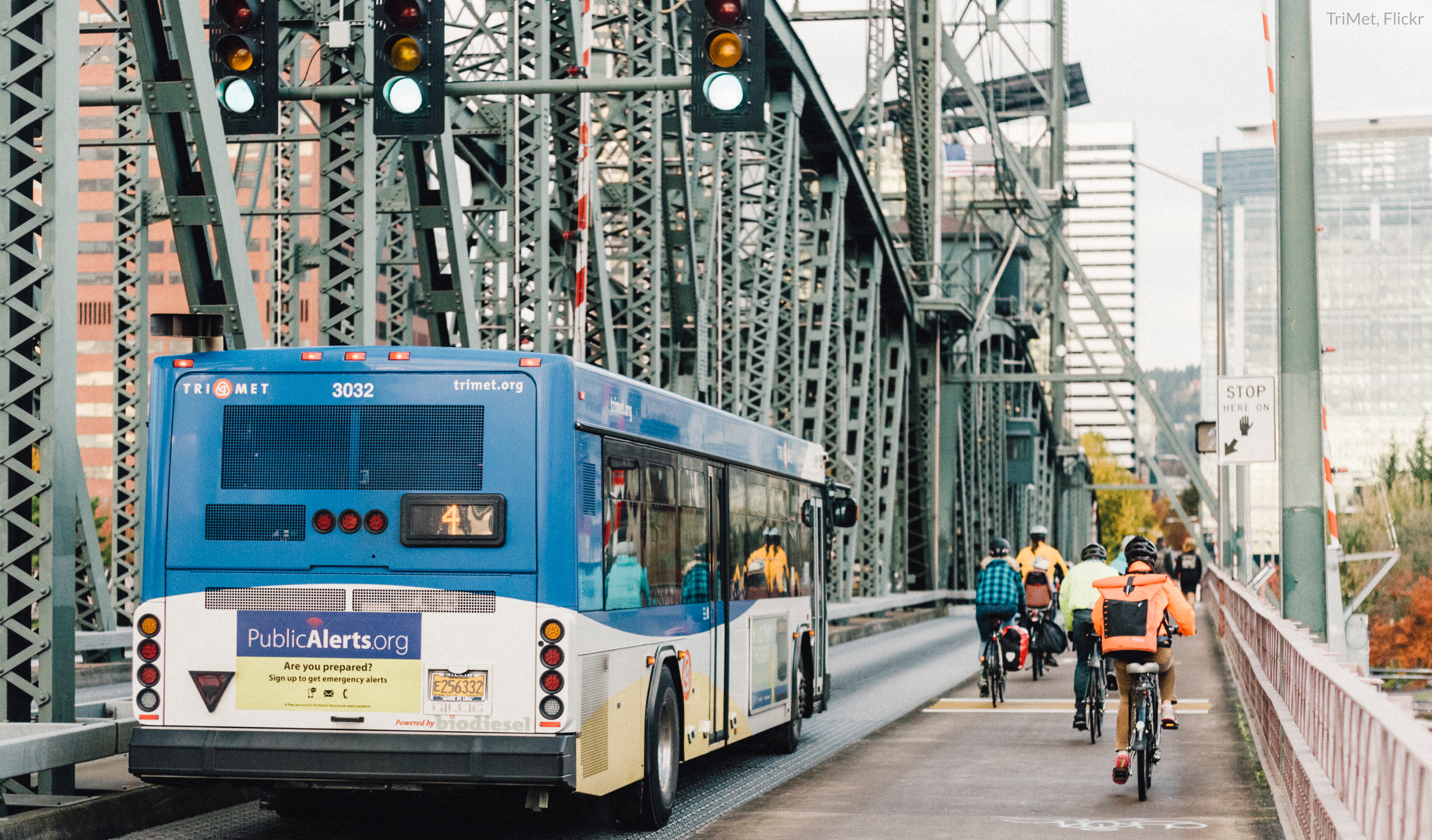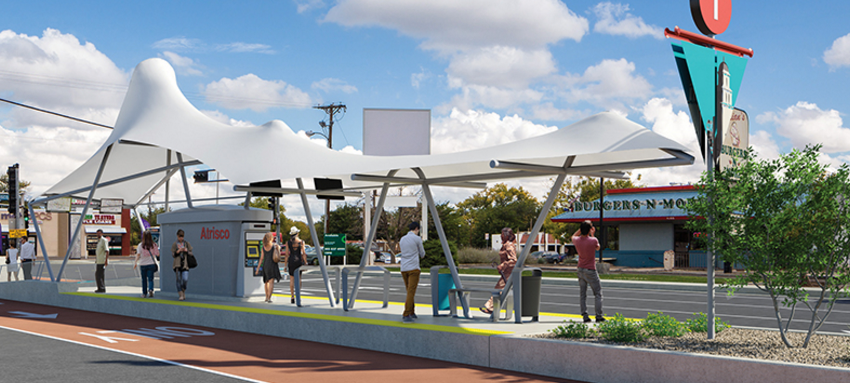Trump’s DOT continues playing fast and loose with transit funding

The U.S. Department of Transportation (USDOT) claims that it isn’t intentionally slowing down and undermining transit funding. But nine communities have been waiting months for federal funding on shovel-ready transit projects that have been “allocated” money by USDOT without actually receiving a single dollar. For one of those communities, it has been 10 months since USDOT “allocated” money—an unprecedented and unnecessary delay. How long are communities supposed to wait for USDOT to do its job and fund these transit projects?




